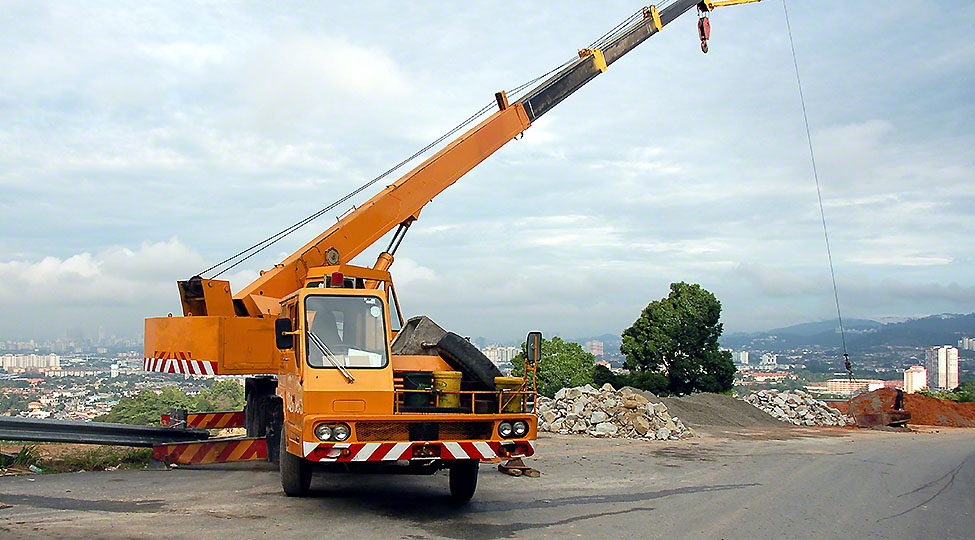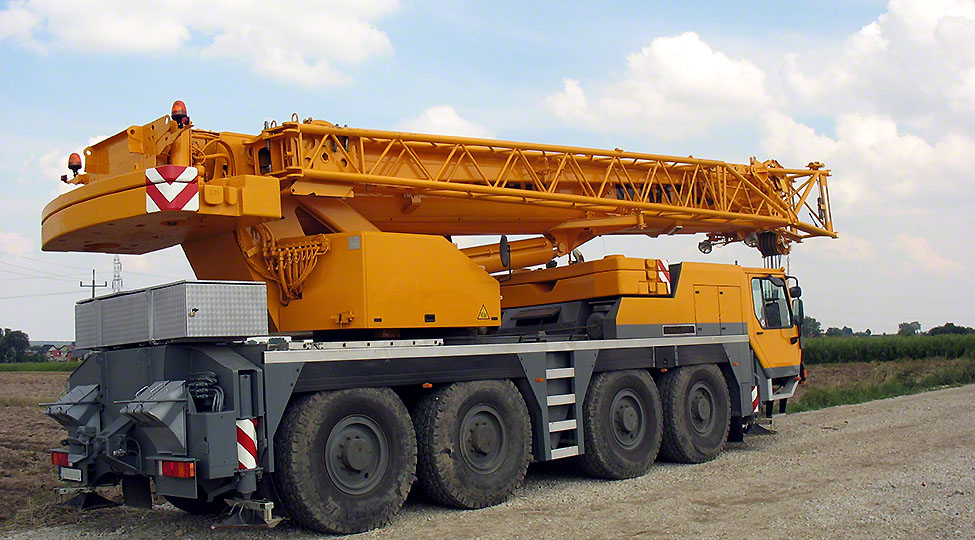Crane maintenance is a critical aspect of ensuring safety, efficiency, and longevity in construction and industrial operations. Regular maintenance from crane services helps identify potential issues before they escalate into costly breakdowns or accidents, ensuring that cranes operate smoothly and reliably.
In this article, we will explore essential tips and best practices for crane maintenance, covering inspection procedures, common maintenance tasks, and proactive measures to keep your equipment in top condition.
Establishing a Maintenance Schedule
The first step in crane maintenance is to establish a comprehensive maintenance schedule based on manufacturer recommendations, industry standards, and regulatory requirements. The maintenance bshould include regular inspections, routine maintenance tasks, and periodic assessments of critical components such as hoists, cables, brakes, and hydraulic systems. Consider factors such as crane usage frequency, environmental conditions, and the age of the equipment when determining the frequency of maintenance activities.
Conducting Regular Inspections
Regular inspections are essential for identifying potential issues and ensuring that cranes are operating safely and efficiently. Inspections should be performed by qualified personnel according to established protocols and checklists. Inspectors should examine all components of the crane, including structural elements, electrical systems, hydraulic components, and safety devices. Common areas to inspect include wire ropes, sheaves, hooks, brakes, and control systems. Any signs of wear, damage, or malfunction should be documented and addressed promptly to prevent further issues.
Performing Lubrication and Fluid Checks
Proper lubrication is essential for maintaining the smooth operation of crane components and preventing premature wear and tear. Follow manufacturer recommendations for lubricating specific components such as bearings, gears, and moving parts. Use the appropriate type and amount of lubricant for each application and ensure that lubrication intervals are adhered to consistently. Additionally, regularly check fluid levels in hydraulic systems, gearboxes, and other fluid-filled components, topping up or replacing fluids as needed to maintain optimal performance.
Monitoring Structural Integrity
Structural integrity is critical for crane safety and performance, as any defects or weaknesses in the structure can compromise stability and load-bearing capacity. Regularly inspect structural components such as boom sections, jibs, and mast sections for signs of cracks, corrosion, or deformation. Pay particular attention to high-stress areas and weld joints, as these are common locations for structural issues to occur. Any structural abnormalities should be thoroughly evaluated by qualified personnel, and repairs or reinforcements should be performed as necessary to ensure continued safe operation.
Checking Electrical Systems
Electrical systems play a vital role in crane operation, controlling functions such as lifting, lowering, and hoisting. Regularly inspect electrical components such as motors, switches, relays, and control panels for signs of damage, corrosion, or overheating. Test electrical connections and wiring for continuity and integrity, ensuring that connections are tight and secure. Inspect power cables and connectors for wear or damage, replacing any damaged components promptly to prevent electrical hazards or malfunctions.
Training and Education
Invest in training and education for crane operators and maintenance personnel to ensure that they are equipped with the knowledge and skills needed to perform maintenance tasks safely and effectively. Provide comprehensive training on crane operation, maintenance procedures, and safety protocols, emphasizing the importance of regular crane inspections and proactive maintenance measures. Encourage ongoing professional development and certification for maintenance personnel to stay up-to-date with industry best practices and emerging technologies in crane maintenance.
Remote Monitoring and Predictive Maintenance
Explore the benefits of remote monitoring and predictive maintenance technologies for optimizing crane maintenance processes and minimizing downtime. Discuss how sensors, telemetry systems, and remote monitoring platforms can provide real-time insights into crane performance, condition, and usage patterns.
Explain how predictive maintenance algorithms can analyze data from sensors and historical maintenance records to predict potential failures or maintenance needs before they occur. Highlight the advantages of proactive maintenance scheduling based on predictive analytics, which can help minimize unplanned downtime, reduce repair costs, and extend equipment lifespan. Provide guidance on implementing remote monitoring and predictive maintenance systems, including selecting appropriate technologies, integrating with existing maintenance workflows, and training personnel on their use.
Environmental Considerations
Discuss the environmental impact of crane maintenance activities and ways to minimize their ecological footprint. Address issues such as the proper disposal of lubricants, hydraulic fluids, and other potentially hazardous materials used during maintenance tasks. Encourage the use of environmentally friendly products and practices wherever possible, such as biodegradable lubricants or eco-friendly cleaning agents. Additionally, consider implementing pollution prevention measures, such as containment systems or spill response plans, to mitigate the risk of environmental contamination in the event of spills or leaks. Highlight the importance of complying with environmental regulations and seeking opportunities to reduce waste, conserve resources, and promote sustainability in crane maintenance operations.
Outsourcing Maintenance Services
Consider the benefits of outsourcing crane maintenance services to qualified third-party providers, particularly for organizations with limited in-house resources or expertise. Discuss the advantages of partnering with reputable maintenance contractors or service providers who specialize in crane maintenance and have the necessary training, experience, and equipment to perform maintenance tasks safely and efficiently.
Highlight the potential cost savings, scalability, and flexibility of outsourcing maintenance services, as well as the assurance of compliance with regulatory requirements and industry best practices. Provide guidance on selecting and vetting crane rental services VA, negotiating service agreements, and establishing clear expectations for service quality, responsiveness, and communication. Encourage organizations to carefully evaluate the benefits and trade-offs of outsourcing maintenance services versus managing them in-house to determine the best approach for their specific needs and circumstances.
Training and Skills Development
Emphasize the importance of ongoing training and skills development for maintenance personnel to ensure they have the knowledge, expertise, and competence to perform crane maintenance tasks safely and effectively. Discuss the significance of comprehensive training programs that cover topics such as crane operation, maintenance procedures, safety protocols, and regulatory compliance.
Highlight the benefits of hands-on training exercises, simulations, and scenario-based drills to reinforce learning and enhance practical skills. Provide guidance on creating a structured training curriculum, establishing competency benchmarks, and conducting regular assessments to ensure that maintenance personnel are proficient in their roles. By investing in training and skills development, organizations can enhance safety, productivity, and equipment reliability in crane maintenance operations.
Conclusion
Effective crane maintenance is essential for ensuring safe and reliable operation, minimizing downtime, and maximizing equipment lifespan. By establishing a proactive maintenance schedule, conducting regular inspections, performing essential maintenance tasks, and investing in training and education for personnel, you can keep your cranes in top condition and prevent costly breakdowns or accidents. Prioritize crane maintenance as an integral part of your overall safety and efficiency strategy, and reap the benefits of smooth and reliable crane operation in your construction or industrial operations. You can save yourself from these troubles simply by delegating the crane work to rigging services DC in your area.



